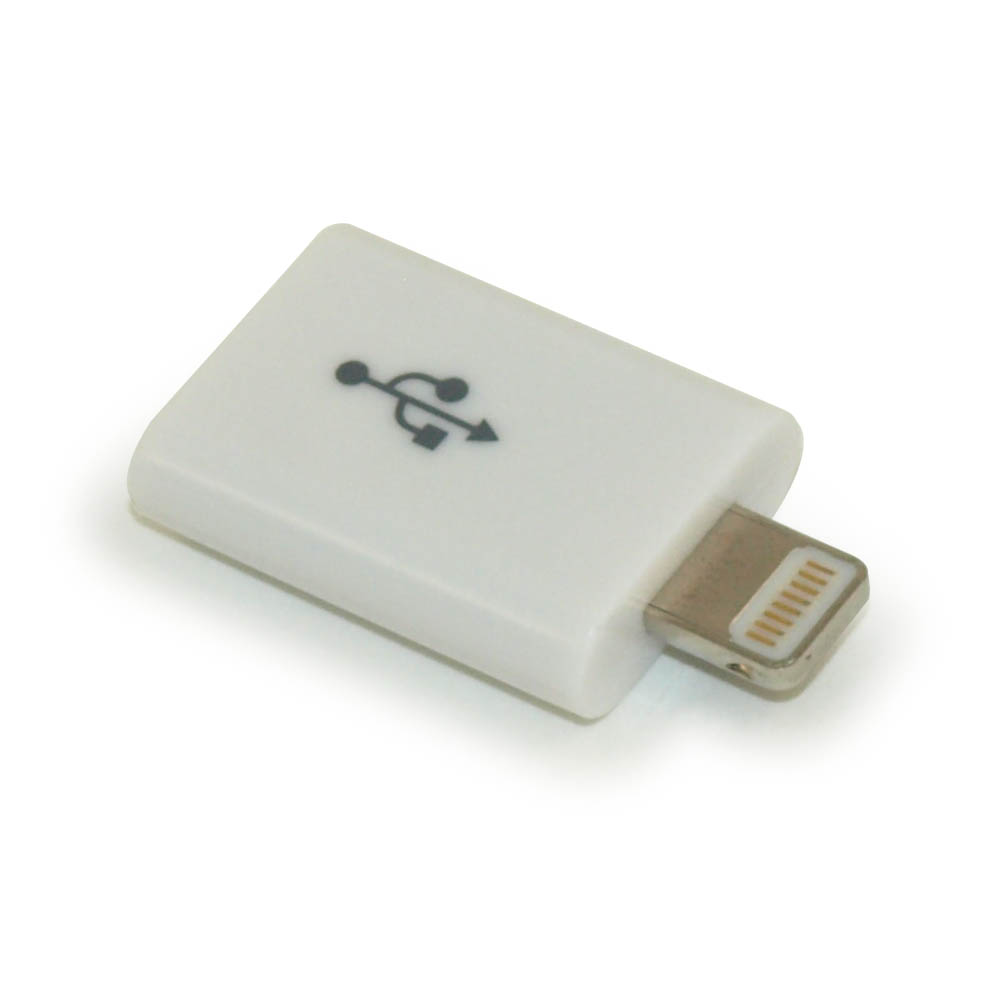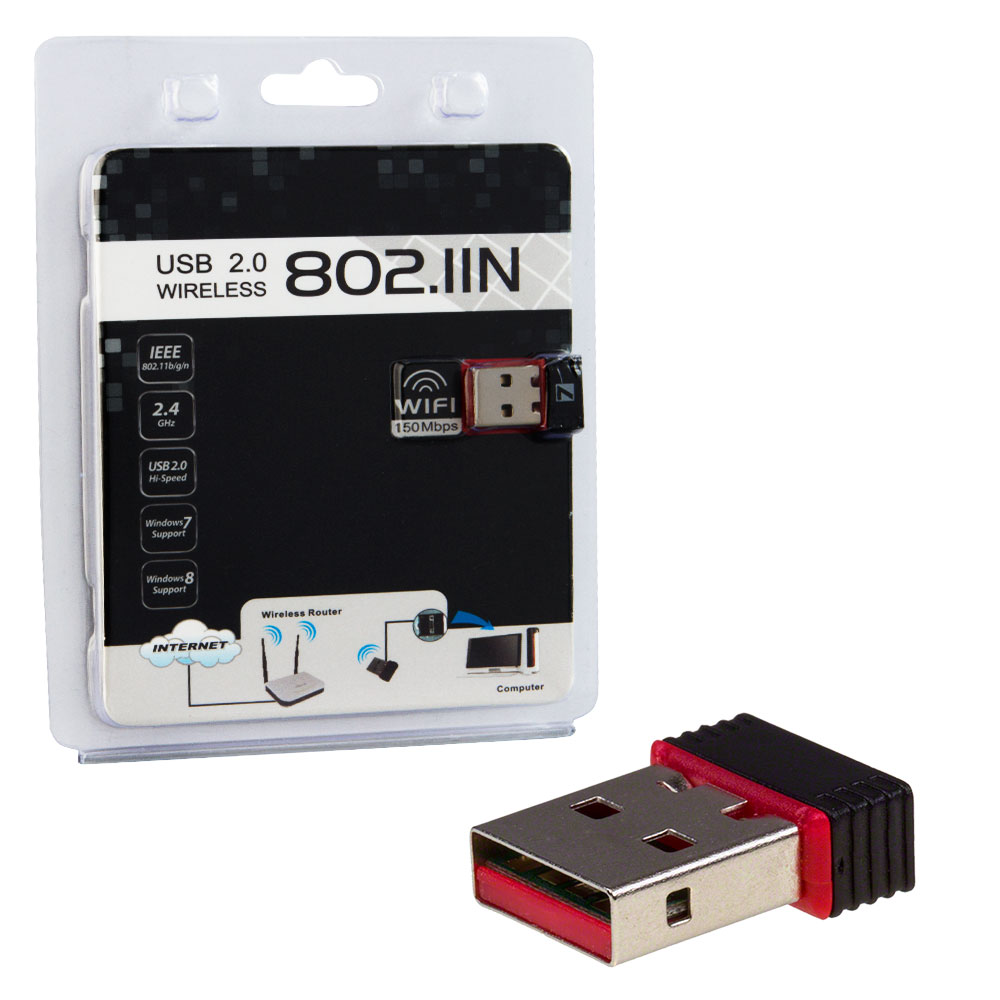Usb Adapter Wireless For Mac
Product Title 1200Mbps Wireless USB WIFI Adapter 802.11AC Dual Ban. Average rating: 3.6 out of 5 stars, based on 55 reviews 55 ratings Current Price $10.77 $ 10. 77 List List Price $19.39 $ 19. USB-C to USB Adapter - Previous Gallery Image. Anker PowerPort I PD 60W 5-Port USB Wall Charger with USB-C Cable Only at Apple. $69.95 All Colors.
Customer safety is a top priority at Apple. That’s why all our products—including USB power adapters—undergo rigorous testing for safety and reliability and are designed to meet government safety standards around the world.
You can use any of the adapters listed below to charge your iPhone, iPad, Apple Watch, or iPod. You can also use third-party adapters that comply with applicable safety standards. For more information about charging your iPhone, iPad, Apple Watch, or iPod, refer to the Safety, Handling, and Support section of the iPhone User Guide, iPad User Guide, Apple Watch User Guide, or iPod User Guide.

5W USB power adapter
iPhone 5 and later (except for iPhone 11 Pro and iPhone 11 Pro Max) come with a 5W power adapter in the box.
10W USB power adapter
These devices come with a 10W power adapter in the box:

- iPad Air 2
- iPad Air
- iPad mini 4
- iPad mini 3
- iPad mini 2
- iPad 2
12W USB power adapter
These devices come with a 12W power adapter in the box:
- iPad Pro 12.9-inch (2nd generation)
- iPad Pro 12.9-inch (1st generation)
- iPad Pro (10.5-inch)
- iPad Pro (9.7-inch)*
- iPad Air (3rd generation)*
- iPad mini (5th generation)*
- iPad (7th generation)*
- iPad (6th generation)*
- iPad (5th generation)*
* In some countries and regions, this model ships with the 10W power adapter.
18W USB-C power adapter
These devices come with an 18W power adapter in the box:
- iPhone 11 Pro
- iPhone 11 Pro Max
- iPad Pro 12.9 inch (4th generation)
- iPad Pro 12.9 inch (3rd generation)
- iPad Pro 11-inch (2nd generation)
- iPad Pro 11-inch
The Apple 18W USB-C power adapter can fast charge your iPhone 8 or later.
20W USB-C power adapter
iPad (8th generation) comes with a 20W power adapter in the box.
Learn about USB power adapter certifications
When an iOS or iPadOS device comes with an Apple USB power adapter, that adapter is certified to meet government safety standards in countries and regions where the device is available. Many of these countries and regions, including the United States, have adopted the Safety of Information Technology Equipment standard, IEC/UL 60950-1.
Apple USB power adapters are designed for use with power sources rated to provide 100V AC to 240V AC at 50Hz to 60Hz. The Type A (flat parallel-blade design) Apple 5W USB, 18W, and 20W USB-C power adapters, as well as the 10W and 12W USB power adapters (with Type A AC plug attached) also comply with the IEC/UL 60950-1 and IEC/UL 62368-1 standards for use with power sources rated to provide 115V AC at 400Hz.
Learn more about USB power adapters
These power adapters are also available separately from Apple and authorized Apple resellers.
- You can charge some iPhone models with an iPad or Mac power adapter.
- Charge your iPhone when you travel to different countries or regions.
- Find the right power adapter and cable for your Mac notebook.
USB port types and names
USB (Universal Serial Bus) is an industry standard for connecting computers and other devices. It's available with many types of ports, and each type has a unique shape. On Mac computers, USB is available with these ports, depending on your Mac model:
USB-A
Type USB-A ports are commonly called USB, USB 2, or USB 3 ports, depending on the USB specification they support. They aren't reversible, so a USB-A connector plugs into the port only when oriented correctly.
USB-C
Usb Wireless Adapter For Mac
Type USB-C ports are available as either standard USB-C ports or Thunderbolt 3 ports that also support USB-C connections. They both look the same, and the connector plugs into the port in either orientation.
Learn more about identifying the ports on your Mac, as well as the adapters and cables you can use to connect older devices to type USB-C ports.
USB specifications
Wireless Network Adapter For Mac
USB specifications are important primarily when you want the most speed and power for your USB device, or your device needs more power or is using too much power. Every USB port supports a particular USB specification, which determines the port's maximum>USB specifications on MacData transferPowerUSB 3.1 Gen 2
Also known as USB 3.2 Gen 2
Up to 10 GbpsUp to 15W at 5VUSB 3.1 Gen 1
Also known as USB 3.2 Gen 1 or USB 3
Up to 5 GbpsUp to 900 mA at 5VUSB 2.0
Up to 480 MbpsUp to 500 mA at 5VUSB 1.1
Up to 12 MbpsUp to 500 mA at 5V
To learn which specification is supported by a type USB-A or type USB-C port on your Mac model:
- Choose Apple menu > About This Mac, click Support, then click Specifications.
- Check the System Information app for more details, including about USB devices connected to USB ports on your Mac. Select USB in the sidebar, then select a USB bus on the right.
Get the best performance from your USB devices
Wireless Usb Adapter For Mac
USB specifications all work with each other, but speed and power are limited by the cable or device that uses the earliest specification. For example, if you connect a USB 3 device to USB 2 port, your device is limited to USB 2 speeds, and it can't draw more power from the port than can be delivered over USB 2. In other words, to get the best performance, make sure that the USB port on your Mac and the USB cable to your device meet or exceed the USB specification of the device itself.
If your Mac doesn't recognize a USB device after you plug it into your Mac:
- Check all connections: Unplug the device from your Mac, then plug it back in, and make sure that all cables and adapters are securely connected at both ends. Test with another cable or adapter, if available.
- Plug the device directly into your Mac instead of a USB hub or other device, and if necessary test with a different USB port on your Mac or device.
- Some devices need their own software, such as drivers or firmware. Others work without additional software. Check with the maker of your device, and install all available Apple software updates as well.
- If your device came with an AC power adapter, use it. Some devices can be powered by the USB port on your Mac. Others need more power than your Mac can provide.
- Restart your Mac.

Learn more
- USB 3 devices can create wireless interference that affects Wi-Fi and Bluetooth devices. Learn how to resolve Wi-Fi and Bluetooth issues caused by wireless interference.
- Mac notebook computers with USB-C or Thunderbolt 3 can charge over that port using a compatible USB-C power adapter and cable.